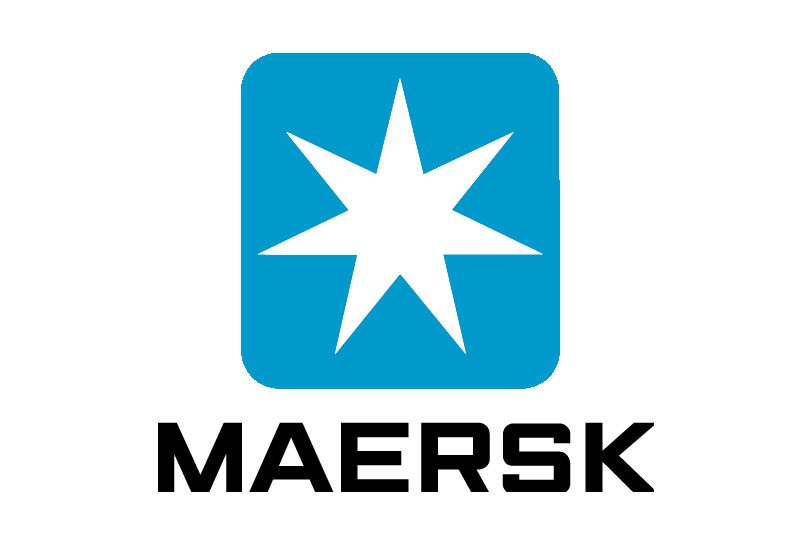Maersk order 20 dual-fuel vessels

A.P. Moller – Maersk, a leading global shipping company, has recently made significant strides in its fleet renewal strategy. The company has signed agreements with three shipyards to construct 20 new container vessels. These vessels will be equipped with advanced dual-fuel engines, marking a crucial step towards sustainability in maritime transport. With a total capacity of 300,000 Twenty-foot Equivalent Units (TEU), this order aligns with Maersk’s commitment to reducing emissions and enhancing operational efficiency.
Commitment to Sustainability
Maersk’s decision to invest in dual-fuel vessels reflects its ongoing commitment to decarbonization. The company aims to operate these ships primarily on lower-emission fuels, significantly reducing their environmental impact. Anda Cristescu, the Head of Chartering & Newbuilding at Maersk, emphasized the importance of these new vessels in the company’s fleet renewal program. The dual-fuel propulsion systems will allow Maersk to adapt to changing fuel availability and regulations, ensuring compliance with future environmental standards.
The introduction of these vessels is part of a broader strategy to modernize Maersk’s fleet. By replacing older ships with more efficient models, the company aims to enhance its operational flexibility and reduce its carbon footprint. The dual-fuel technology not only supports environmental goals but also positions Maersk as a leader in sustainable shipping practices.
Diverse Vessel Sizes for Operational Flexibility
The 20 new vessels will vary in size, ranging from 9,000 to 17,000 TEU. This diversity allows Maersk to deploy the ships across various routes and services, optimizing their operational capabilities. The smaller vessels, for instance, can navigate ports with limited access, while the larger ones can handle high-volume routes. This flexibility is crucial for meeting the evolving demands of global trade.
Once integrated into the fleet, these vessels will replace older ships, further enhancing Maersk’s efficiency. The phased delivery schedule, with the first vessels expected in 2028 and the last by 2030, allows the company to strategically manage its fleet transition. As the shipping industry faces increasing pressure to adopt greener technologies, Maersk’s investment in dual-fuel vessels positions it well for future challenges.
Strategic Partnerships with Shipyards
Maersk’s agreements with three shipyards highlight the company’s strategic approach to fleet expansion. The vessels will be constructed at Yangzijiang Shipbuilding in China, Hanwha Ocean in South Korea, and New Times Shipbuilding in China. This collaboration with established shipyards ensures high-quality construction and timely delivery of the vessels.
The order includes two 9,000 TEU vessels from Yangzijiang, twelve 15,000 TEU vessels split between Hanwha Ocean and New Times Shipbuilding, and six 17,000 TEU vessels from Yangzijiang. Each shipyard brings unique expertise and capabilities, contributing to the overall success of the project. By diversifying its partnerships, Maersk can mitigate risks associated with supply chain disruptions and ensure a steady flow of new vessels.
Future Outlook and Expansion Plans
In addition to the newbuilding orders, Maersk has announced plans to charter a range of methanol and liquefied gas dual-fuel vessels, totaling 500,000 TEU capacity. These charter contracts, finalized with several tonnage providers, will further enhance the company’s operational capabilities. As Maersk phases in these charter vessels, they will also replace existing capacity, reinforcing the company’s commitment to sustainability.
The shipping industry is undergoing a transformation, with increasing emphasis on environmental responsibility. Maersk’s proactive approach to fleet renewal and investment in dual-fuel technology positions it as a frontrunner in this transition. As the company prepares for the future, its focus on sustainability and operational flexibility will be key to navigating the challenges ahead.
